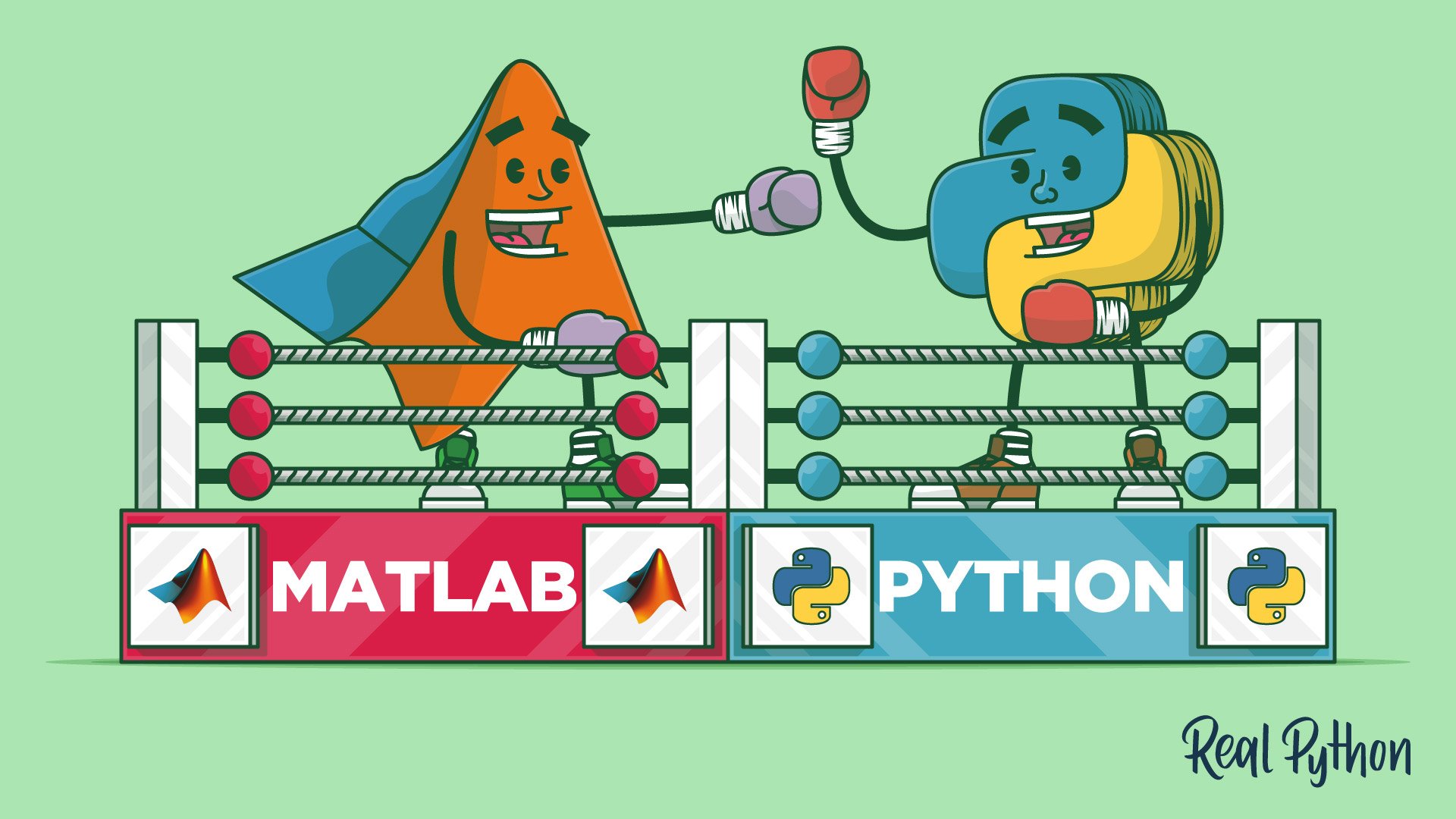

This is controlled via a recombination hyperparameter and is often set to a large value such as 80 percent, meaning most but not all variables in a base solution are replaced. Not all elements of a base solution are mutated. Mutation is calculated as the difference between pairs of candidate solutions that results in a difference vector that is then added to the base solution, weighted by a mutation factor hyperparameter set in the range. If the child is better than the parent, it replaces the parent in the original population. Differential Evolution: A Simple and Efficient Heuristic for global Optimization over Continuous Spaces, 1997.īase solutions are replaced by their children if the children have a better objective function evaluation.įinally, after we have built up a new group of children, we compare each child with the parent which created it (each parent created a single child). For example, a strategy may select a best candidate solution as the base and random solutions for the difference vector in the mutation.ĭE generates new parameter vectors by adding the weighted difference between two population vectors to a third vector. New candidate solutions are created using a “ strategy” that involves selecting a base solution to which a mutation is added, and other candidate solutions from the population from which the amount and type of mutation is calculated, called a difference vector. New candidate solutions are created by making modified versions of existing solutions that then replace a large portion of the population each iteration of the algorithm. The algorithm works by maintaining a population of candidate solutions represented as real-valued vectors.


The algorithm does not make use of gradient information in the search, and as such, is well suited to non-differential nonlinear objective functions. Differential Evolution: A Survey of the State-of-the-Art, 2011. Unlike the genetic algorithm that represents candidate solutions using sequences of bits, Differential Evolution is designed to work with multi-dimensional real-valued candidate solutions for continuous objective functions.ĭifferential evolution (DE) is arguably one of the most powerful stochastic real-parameter optimization algorithms in current use. It is a type of evolutionary algorithm and is related to other evolutionary algorithms such as the genetic algorithm. This tutorial is divided into three parts they are:ĭifferential Evolution, or DE for short, is a stochastic global search optimization algorithm. Photo by Gergely Csatari, some rights reserved. Differential Evolution Global Optimization With Python


 0 kommentar(er)
0 kommentar(er)
